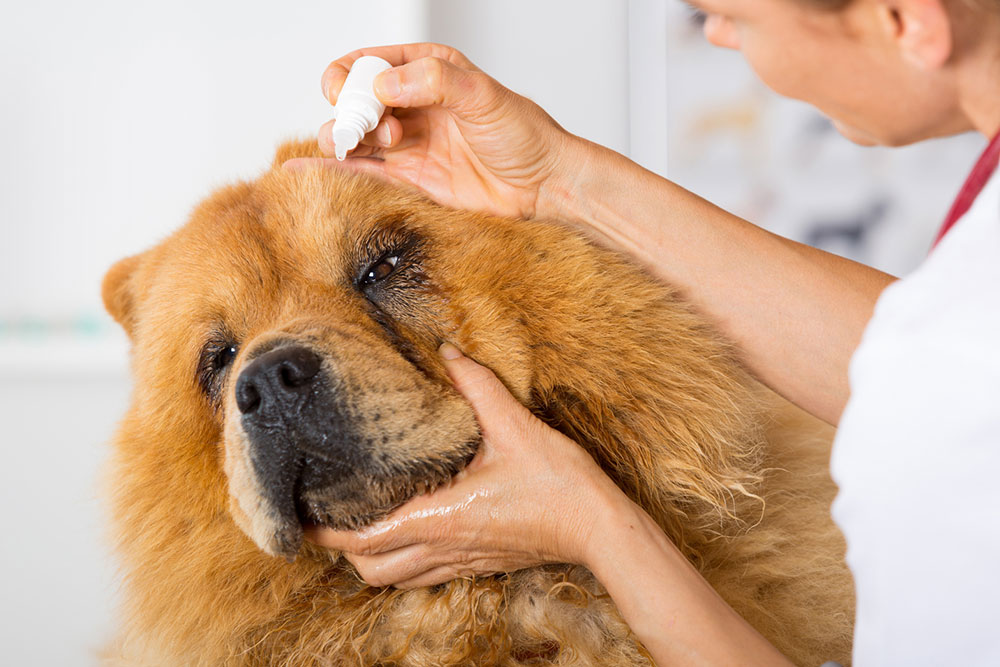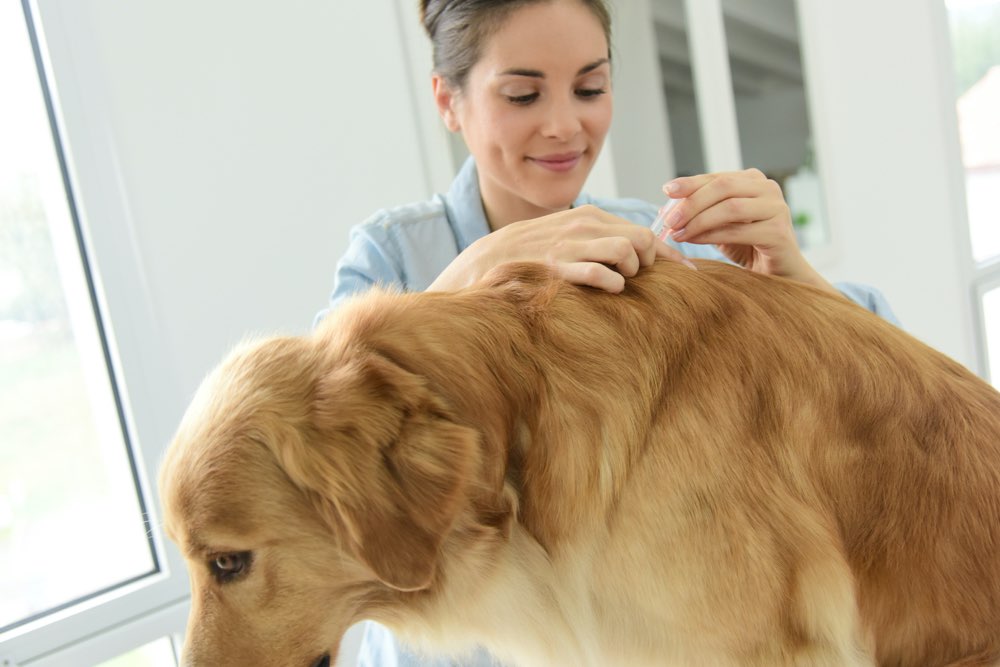Understanding Canine Allergies: Causes, Symptoms, and Treatment Strategies
This comprehensive guide explores canine allergies, highlighting causes such as environmental factors, food sensitivities, and Flea Allergy Dermatitis. Recognizing symptoms like itching, hair loss, and skin infections is essential. Effective at-home management includes dietary changes, cleaning routines, and natural remedies like essential oils. Certain breeds are more prone to allergies. Always seek veterinary guidance for diagnosis and treatment to ensure your dog’s well-being.

Understanding Canine Allergies: Causes, Symptoms, and Treatment Strategies
Understanding canine allergies: Causes, symptoms, and management options
Just like humans, dogs are prone to allergic reactions. Detecting allergies in dogs can be challenging because their reactions differ from ours. For instance, pollen might cause itchy eyes and sneezing in people but lead to paw swelling and persistent scratching in dogs. Different allergens can trigger various responses, making identification essential.
Dogs are susceptible to allergens similar to humans, and some breeds may be more prone to allergies. Rarely, dogs can also be allergic to cats, mirroring human sensitivities. Here’s an overview of canine allergies, their causes, signs, and treatment options.
Common Causes of Allergies in Dogs
There are numerous potential allergens affecting dogs. The most prevalent include environmental triggers, food sensitivities, and insect bites. Identifying the source often requires elimination and careful observation.
Environmental Factors and Atopic Reactions - Both indoor and outdoor elements can provoke allergic responses. Dogs may react to fabrics such as wool or cotton, mold spores, dust mites, and cleaning chemicals. Seasonal allergens like pollen, ragweed, grasses, and tobacco smoke can also cause issues. Additionally, dander, feathers, cockroaches, and synthetic materials made of plastic or rubber are common culprits.
Flea Allergy Dermatitis (FAD) - Caused by flea bites and saliva, FAD is very common in dogs. Sensitivity to flea saliva can trigger intense allergic reactions, even if few fleas are present. Just one flea bite can result in persistent itching and skin inflammation.
Breed Susceptibility to Allergies - Although any dog breed can develop allergies, certain breeds are more prone. These include:
Cocker Spaniels
German Shepherds
Poodles
Boston Terriers
Golden Retrievers
Doberman Pinschers
Bull Dogs
Pit Bull Terriers
Pugs
Shar-Pei
Signs of Allergies in Dogs
Indicators of allergies often include:
Excessive scratching
Hair loss
Persistent licking
Red, inflamed skin
Constant tail itching
Ear infections
Skin scabs and lesions
Yeast infections on skin
Home Remedies for Food Allergies
Managing food allergies may involve:
Preparing homemade or raw meals
Providing a diet rich in protein
Implementing elimination diets to identify allergens
Using natural supplements recommended by a veterinarian
Handling Environmental Allergies at Home
To alleviate environmental allergies:
Employ air purifiers
Regularly soak your dog’s paws in a vinegar and water solution to remove pollen
Clean with non-irritant natural products
Role of Essential Oils in Allergy Relief
Essential oils can provide quick relief for skin allergies when properly diluted. Some helpful oils include:
Sweet marjoram for severe skin issues
Chamomile to soothe itching
Lavender for itch relief
Helichrysum for pain and healing
Primrose for anti-itch properties
Niaouli oil, used cautiously due to potency










